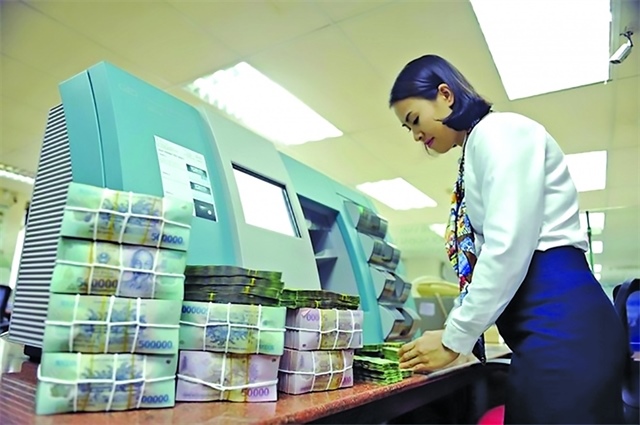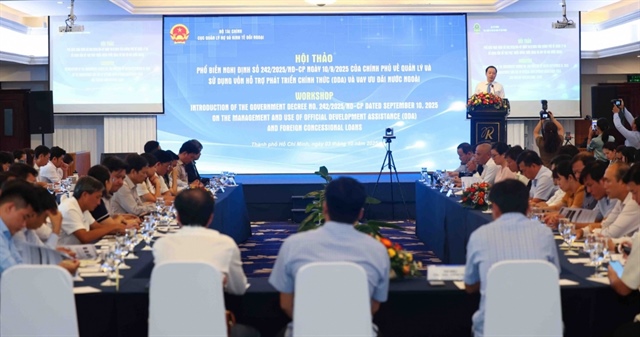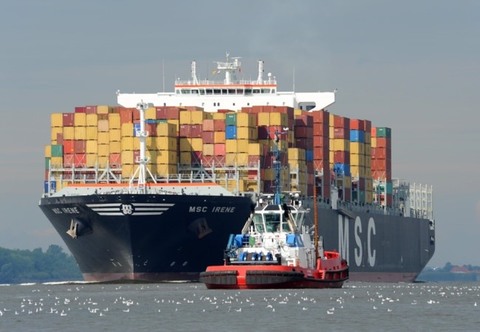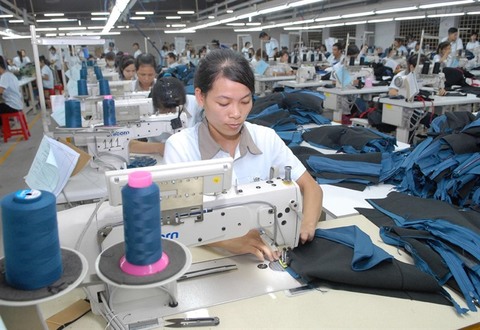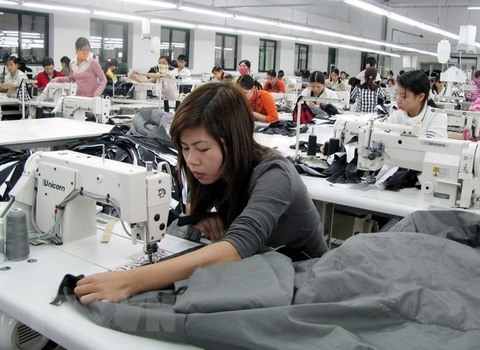ASEAN+3 economies to grow slower in 2018-19
ASEAN+3 economies to grow slower in 2018-19
Half of the ASEAN+3 economies are projected to grow at a slower pace in the next two years, reducing the region’s overall growth rate, reports the ASEAN+3 Macroeconomic Research Office (AMRO).
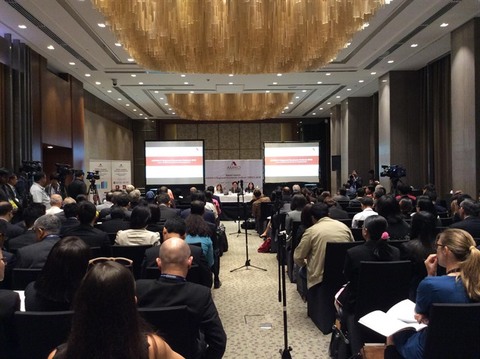
ASEAN+3 includes 10 ASEAN economies and three other large economies---China, Japan and South Korea.
Seven of the 13 economies that are predicted to grow more slowly in the next two years include the four East Asia economies besides Thailand, Singapore and Malaysia---the leading economies in the ASEAN region.
The GDP (gross domestic product) growth rates for these economies range from 1.3 per cent to 6.6 per cent in 2018 and from 0.7 per cent to 6.4 per cent in 2019. Among them, China is seen as the strongest growing economy while Japan is considered the weakest as AMRO slashes its growth forecast for Japan from 1.3 per cent in 2018 to 0.7 per cent in 2019.
AMRO predicts the GDP growth of the ASEAN+3 block to reach 5.4 per cent in 2018, down 0.2 percentage points from 2017.
Two economies that may be steady in the next two years are Viẹt Nam and Cambodia, whose GDP growth may remain stable at 6.8 per cent and 6.6 per cent, respectively.
Improving economies in the region include Brunei, Indonesia, Laos, Myanmar and the Philippines. Among them, Brunei is projected to post the strongest GDP growth, which almost tripled from 0.6 per cent in 2017 to 1.6 per cent in 2018 and is expected to double to 3.4 per cent in 2019.
Therefore, the region’s overall GDP growth is projected at 5.4 per cent in 2018 and 5.2 per cent in 2019, “underpinned by resilient domestic demand and export growth with stable inflation”, AMRO said in its “ASEAN+3 Regional Economic Outlook (AERO) 2018” report, released on Thursday in Manila, the Philippines.
The overall inflation rate for the entire region is estimated at 2.1 per cent for 2018 and two per cent for 2019, up from 1.8 per cent in 2017. The overall inflation rate among ASEAN+3 economies has been steady at an average of 1.7 per cent in the past three years after falling sharply from 2.6 per cent in 2013-14.
“Most regional economies are in their mid-business cycle, where growth is picking up with a small output gap close to zero and stable inflation,” AMRO said as credit has started slowing down in some of the regional economies after a period of “above-trend growth, partly reflecting the result of proactive policy action by authorities”.
According to AMRO, risks confronting the region are mainly external, with near-term ones being the escalation of global trade tensions, faster-than-expected tightening in global financial conditions, escalation of regional geopolitical risks and weaker growth in the third quarter, while medium-term risk is the sharper-than-expected slowdown in China’s growth and capital flight.
These risks can also have high impacts on the regional economic growth in future. In addition to this, the region can face perennial risks that lie in cyber-security attacks and climate change.
“If these risks materialise, there will be spillovers to the region through capital outflows, higher borrowing costs and lower trade and investment flows,” AMRO said.
To cope with the potential threats to the regional economic growth, AMRO suggeststhat policymakers in the region “should continue to build policy space, particularly in monetary policy, in anticipation of tighter global financial conditions ahead”.
“Fiscal policy may have to play a greater role in supporting growth while macroprudential policy can help safeguard financial stability,” the report says.
Meanwhile, regional governments should focus on strengthening their management policies to “raise productive capacity through building physical infrastructure and human capital and to promote economic diversification to improve resilience in the economy”, said AMRO’schief economist Hoe Ee Khor.
To address these challenges, the region “should improve connectivity through investment in infrastructure with trade facilitation policies, grow a vibrant services sector and develop a skilled labour force through labour upskilling, immigration and education”, Khor said.



